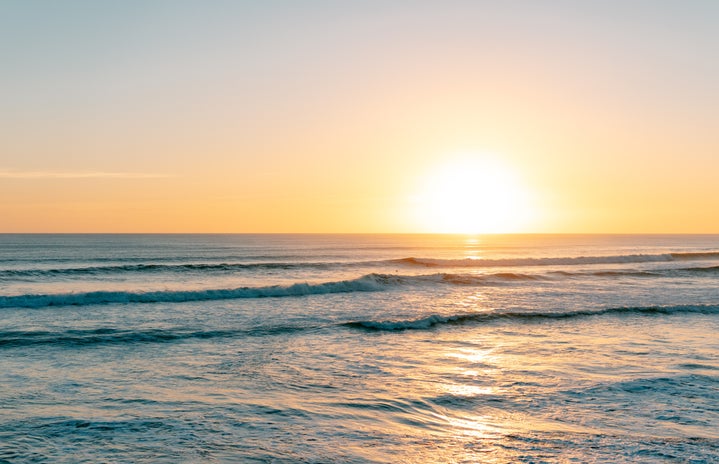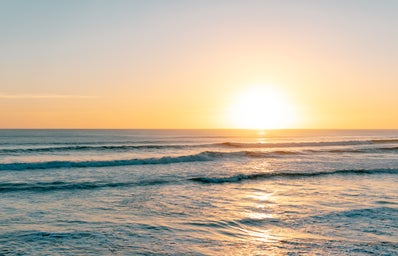I, like many of my peers at The University of Tampa, was raised in northern America. Growing up, I saw all four seasons– some I looked forward to more than others. When looking at colleges, one thing I wanted was the assurance that I wouldn’t see snow for the next 4 years. So far, so good with that promise. What I have realized, however, is that with the absence of traditional seasons, I have been left wondering if seasonal depression only applies to certain places.
According to the Substance Abuse and Mental Health Services Administration, seasonal depression (Seasonal Affective Disorder) is defined as “… a condition in which some people experience a significant mood change when the seasons change. SAD is not considered a separate disorder but is a type of depression.” (SAMHSA 2023). In colder regions, the appearance of SAD is much more apparent. During the winter solstice, Florida receives the most sunlight hourly (more than 10 hours), and this is in contrast with northern states, some getting less than 8.5 hours. The presence of so much sunlight diminishes the ‘cold and dark’ aspect of sadness, but does the lack of more ‘traditional’ season markers add to a disruption in mood as well?
When talking amongst my roommates from the Midwest and Northeast, we said that the biggest struggle when coming to school was missing the typical fall chill and easing into the school year. Two of my roommates, whose families have now fully moved to Florida, said that winter holidays didn’t feel the same—almost less festive. While this could be chalked up to missing their previous homes, it can also be noted that this was said by many classmates—some of whom have lived in Florida year-round for 3+ years now.
While the SAD that is experienced by these students is separate from the diagnosed condition, it is important to realize that first-year students who are just now immersing themselves may not adjust to the summer wonderland of Tampa. Some of the students who were spoken to said that it’s oftentimes difficult to get themselves in the “homework mode” because they don’t want to take the sunshine for granted. Finding the balance of soaking up the sun and hitting the books is integral to success.
While there are certainly ups and downs to the constant summer mode of the Sunshine State, there is no denying that the beauty of nature is what brings us here.


